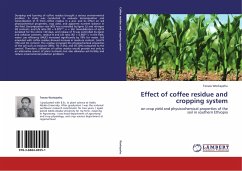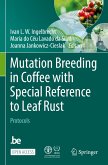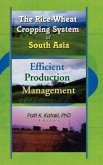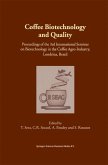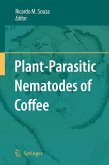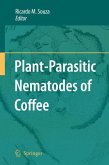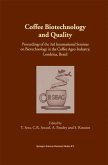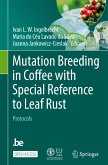Dumping and burning of coffee residue brought a serious environmental problem. A study was conducted to evaluate decomposition and mineralization of N from coffee residue in a pot, and its effect on soil physicochemical properties, crop yield, and apparent nutrient balance in the field. Decomposition rate (KD) was controlled by lignin (L) and nitrogen (N) contents, and L/N ratio (R2 = 0.975 , n = 36). Immobilization of soil N persisted for the entire 120 days, and release of N was controlled by lignin and cellulose contents, residue N and L/N ratio (R2 = 0.982 ). In the field, water use efficiency (WUE) increased significantly by 78% for maize. Soil amended with coffee residue showed increase in moisture content, total N (TN) and OC content. The residue increased the physicochemical properties of the soil such as moisture (38%), TN (7.6%), and OC (8%) compared to the control. Therefore, utilization of coffee residue would provide not only as an alternative source of plant nutrients but also alleviates soil fertility and reduce environmental pollution problems.

